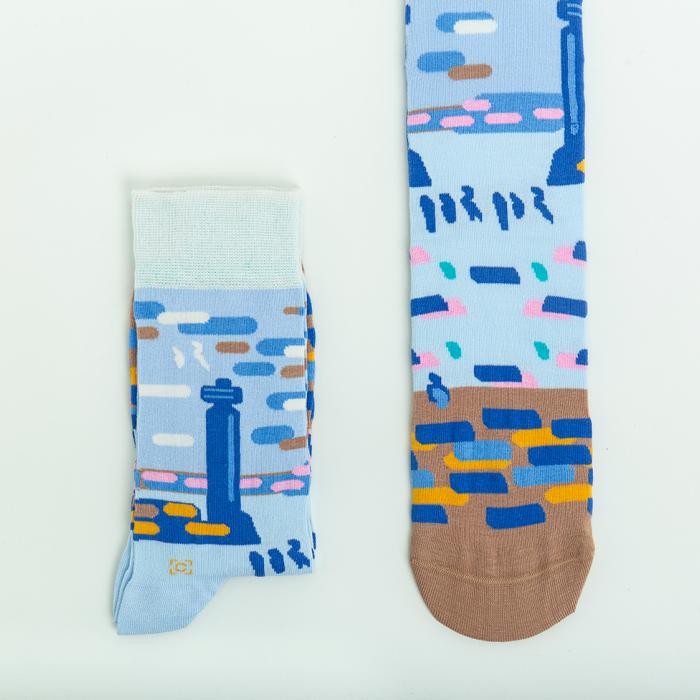You might not be able to search for prehistoric objects in the Museum at the moment, but can you find all the related words in this puzzle?
Primary
KS1
Stories in Art: Words and Pictures
What is art? How can we understand it? We will look at 3 different artworks together and think about how artists tell stories using pictures instead of words, using the paintings to inspire our own creative writing.
The following taught session is offered for KS5 students:
Anthropology, Archaeology and Identity (90 minutes)
This discussion based session examines the relationship between museums and people, as well as current issues with collection, curation and repatriation. Students will learn how the collections come to the Museum and how we navigate the ethics of display and access.
A museum teacher leads the first 45 minutes of the session. Students then independently investigate the galleries and conduct their own object research.
Museum of Me (60 minutes)
What is the role of museums in society? How should museums use objects to represent other cultures? How can objects help construct and display identity? These are some of the questions that frame this cross-cultural gallery-taught session, which combines critical thinking, self-reflection, discussion, looking and object handling activities.
Museum of Me (60 minutes)
What is the role of museums in society? How should museums use objects to represent other cultures? How do objects help construct and display identity? These are some of the questions that frame this cross-cultural gallery-taught session, which combines critical thinking, self-reflection, discussion, looking and object handling activities.
Ancient Maya (90 minutes)
How did the ancient Maya express their identity? What objects did they use to show their power? What can archaeology tell us about Maya life? These are some of the questions we will discuss while students learn how to read a Maya monument and handle objects from Central and South America.
Extreme Environments (90 minutes)
How have people adapted to extreme environments such as deserts, jungles or polar regions? How do these environments impact their way of life and culture? These are some of the questions students will think about as they look at and handle objects from around the world.
This PowerPoint has been created for teachers to deliver a school-based session focused on the enigmatic Red Deer antler headdress from the world renowned site of Star Carr in Yorkshire, England. Dating from the Mesolithic, this 11,000 year old object is thought to be linked to shamanic practices performed millennia ago along the edges fo a watery environment. View the PowerPoint
A session tracing life in Britain from the Palaeolithic to the Iron Age. Find out what distinguishes each epoch and how everyday objects changed through time and space. View the Powerpoint
Visit our website for more details and teacher's resources.
Rituals and Beliefs focuses on the scene from a plaster cast taken of a stone lintel from the doorway of a temple in the city of Yaxchilan, now in modern day Mexico, and dating from 709AD.
The images depict a blood-letting ritual being performed by Lady K'ab'al Xook and her husnabd King Shield Jaguar. Lady K'ab'al Xook can be seen pulling a rope of thorns through her tongue in order to collect blood in a bowl filled with bark paper. Both figures are wearing jade and obsidian jewellery and dressed in resplendent costumes made fo fur and elaborate fabrics.

